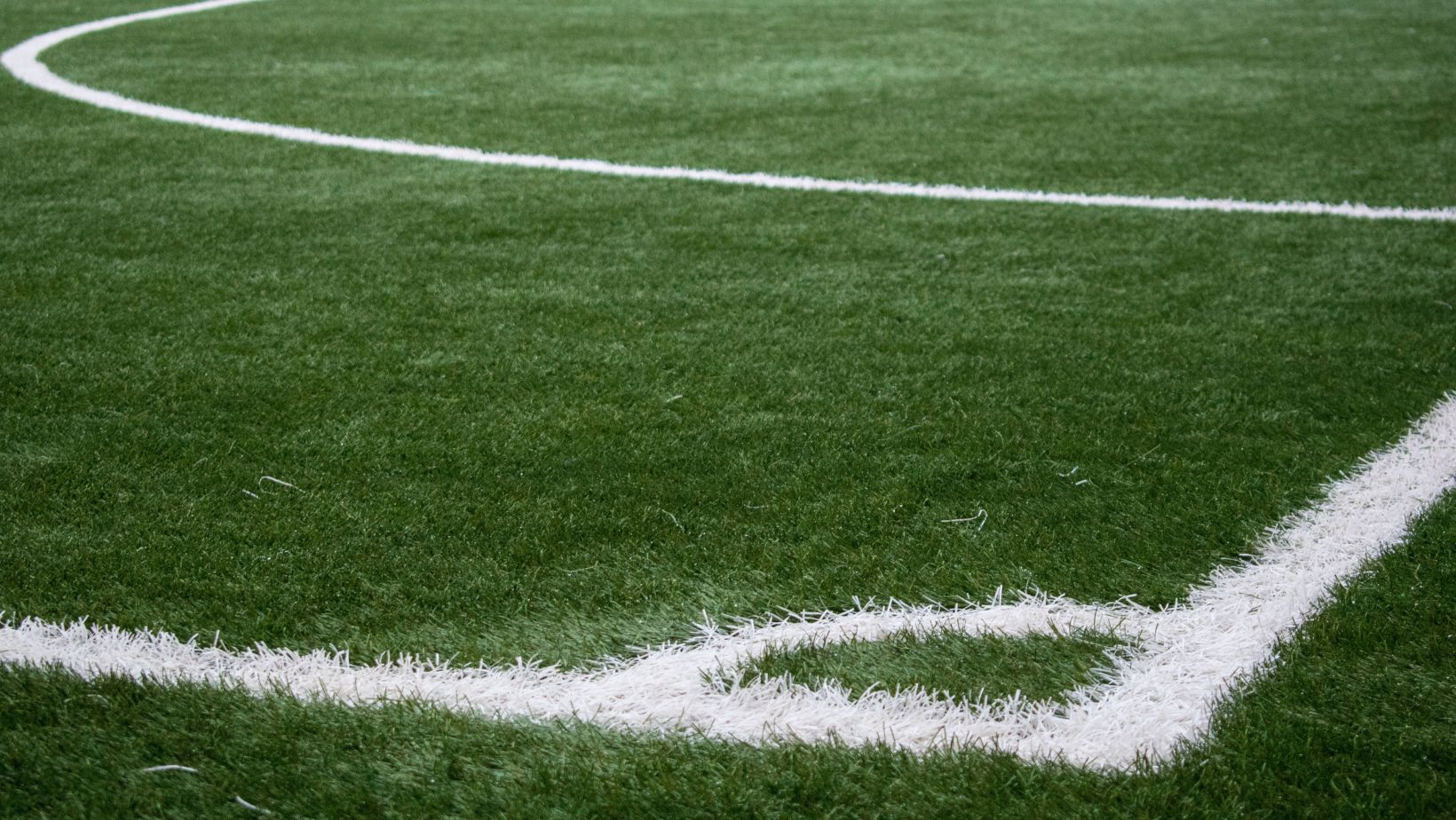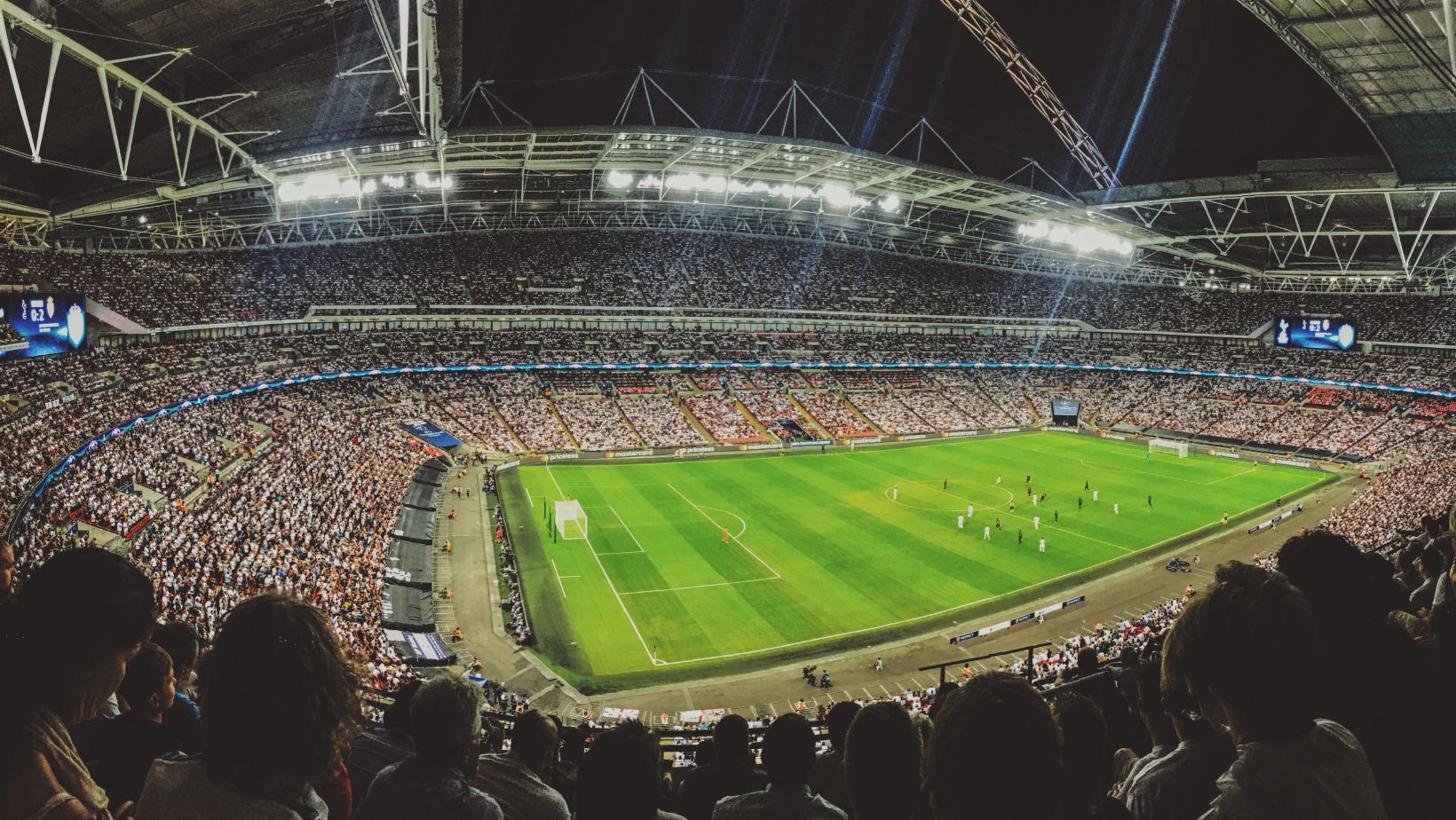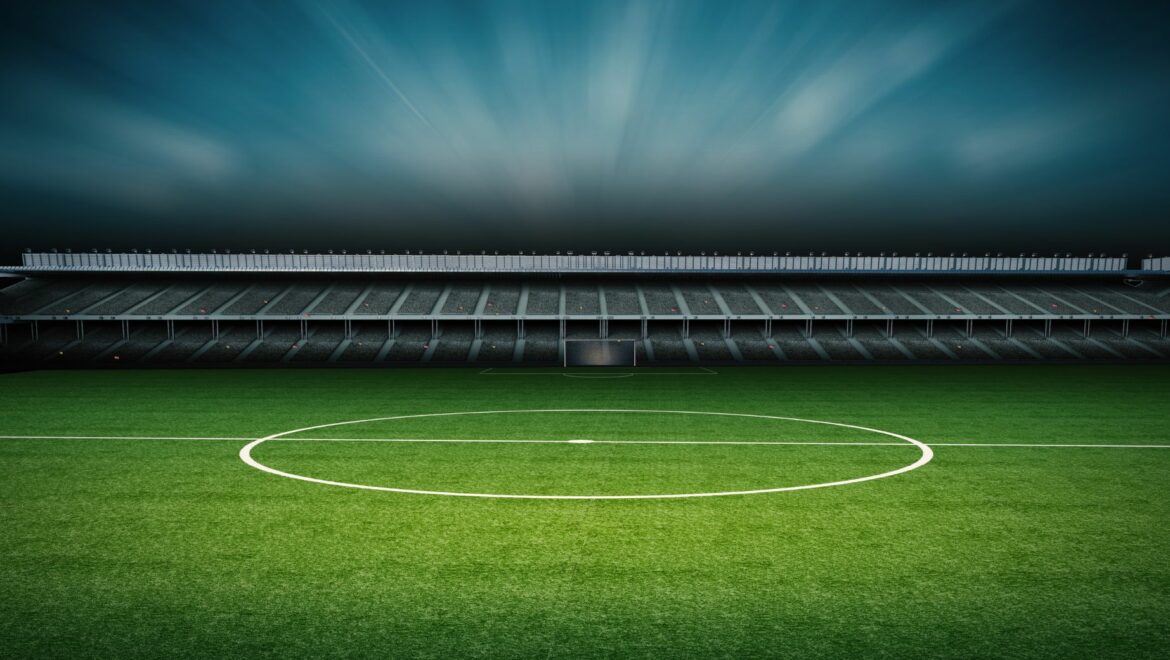Smaller sized soccer fields can provide many benefits for young players. They can help improve ball control, increase the number of touches on the ball, and help young players better understand game strategy. Smaller fields can also help reduce the number of injuries. Let’s take a closer look at the benefits of smaller youth soccer fields.
How Long is a Youth Soccer Field
Fewer players on a smaller field mean each individual gets more touches on the ball. In a regulation game, each player may only touch the ball a few times per game. And, when they do get the ball, they usually have to make a decision very quickly before they are either closed down by an opponent or they lose the ball because they took too long.
On a smaller field, each player has the ball more often and has more time to think about what they want to do with it before they are under pressure. This extra time and space develops better technique and encourages soccer players to be more creative on the ball.
Greater Opportunity to Score
One of the benefits of having smaller fields is that there is a greater opportunity to score. With a larger field, there is more space for the defense to set up and it can be more difficult to break through. With a smaller field, there is less space for the defense to cover and it can be easier to get a shot on goal. In addition, smaller fields can also create more chaotic and unpredictable play, which can lead to more goals.
More Time to Make Decisions
On a smaller field, each player has less space to cover, so there is more time to make decisions. This is especially beneficial for young players who are still developing their soccer skills. With more time on the ball, they can learn to make better decisions about when to pass, dribble or shoot.

Another benefit of smaller fields is that all players are involved in the game more often. This is because the ball spends less time out of play, and there are more opportunities for players to be involved in play. This is good for both individual development and team building. When all players are involved and invested in the game, it can help create a sense of camaraderie and unity within the team.
Are Smaller Fields The Future of Soccer
The average soccer field size can range from 50*100 yards to 100*130 yards. The FIFA regulation field size is minimum 100*110 yards and maximum 120*140 yards. However, many youth clubs are choosing to make their soccer fields smaller. The theory behind this is that it will force young players to be more aggressive and make split-second decisions.
The Pros and Cons of Smaller Fields
Soccer fields come in all shapes and sizes, but the debate over what size field is best for the game has been ongoing for years. Some argue that larger fields are needed to properly develop players’ skills, while others say that smaller fields are more conducive to a faster, more exciting game. So, what’s the verdict?
The pros of smaller fields:
-More field space per player results in more touches on the ball and more opportunity to practice skills.
-Smaller fields lead to more goal scoring opportunities and thus, more excitement for fans.
-Players on smaller fields have to think faster and make decisions quicker, which can lead to better development of cognitive skills.
The cons of smaller fields:
-Players may be less inclined to run long distances, which could lead to decreased cardiovascular fitness levels.
-Largerfields provide more space for players to spread out and use their individual skills, while smaller fields may lead to a “kick and chase” style of play.
The Impact of Smaller Fields on The Game
While the debate about the ideal size of a soccer field will likely continue for some time, there is no question that smaller fields can have a big impact on the game.

For one thing, smaller fields require less space, which means that more fields can be built in the same amount of space as a traditional sized field. This is important because it means that more people have access to playing fields.
In addition, smaller fields can be better suited to certain types of player. For example, players who are not as physically strong or who are not as fast as other players may find it easier to play on a smaller field. This is because there is less ground to cover and the players are not as spread out.
Finally, smaller fields can be more economical to maintain than larger ones. This is because less grass needs to be cut and there are fewer sidelines to paint.
In the end, the decision about whether or not to build smaller fields will come down to what is best for the game and for the people who play it.



